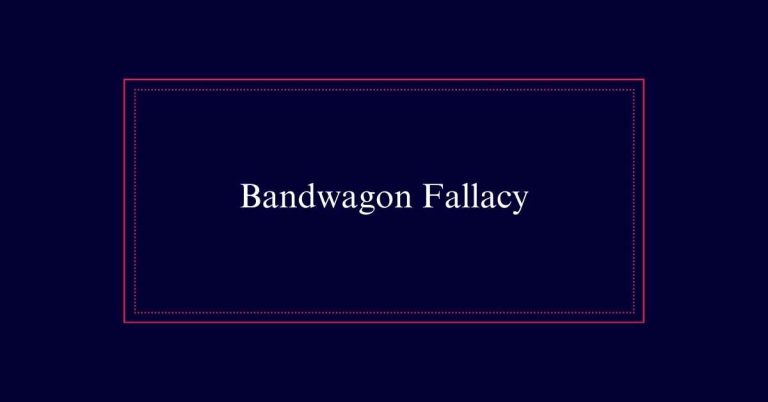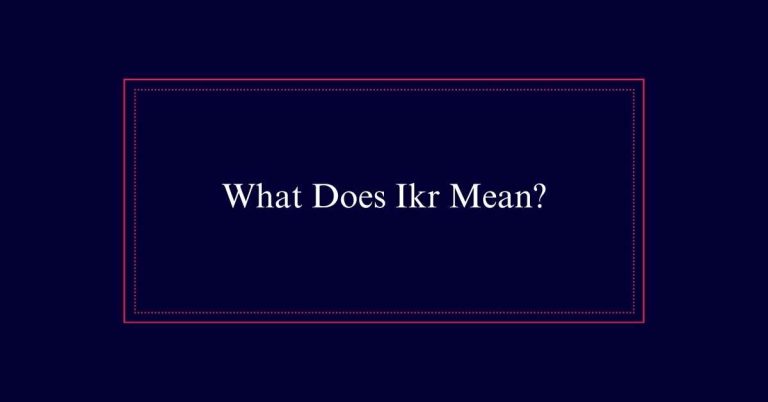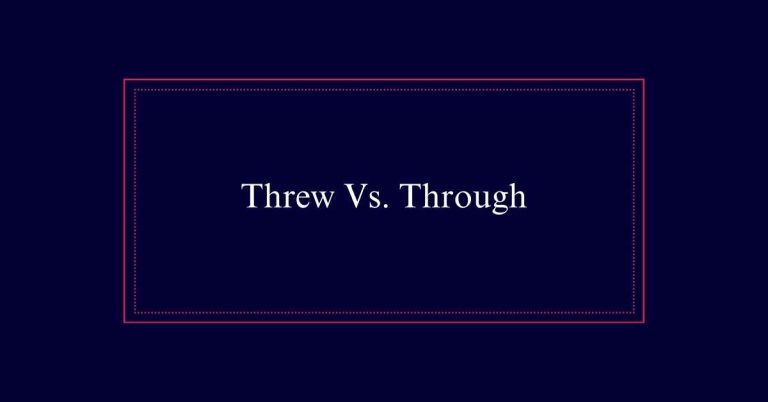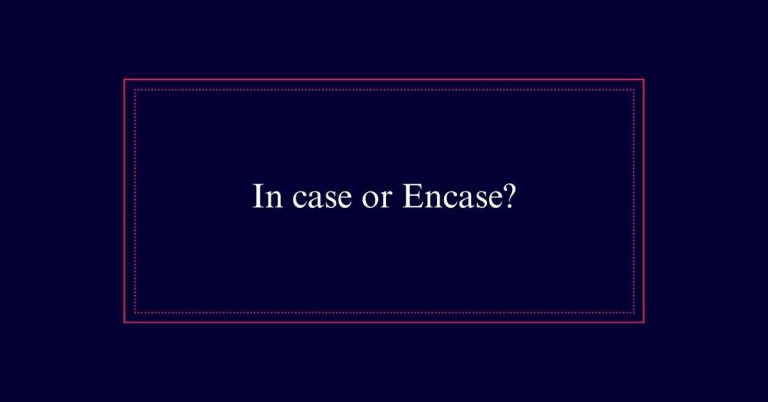Tone Matching: What Is It, Who Uses It, and Why?
Tone matching is the practice of adjusting one’s communication style to align with another’s emotional cues and tone. This technique is used by customer service representatives, healthcare professionals, educators, therapists, and sales professionals. It helps demonstrate empathy, build trust, and enhance positive interactions by showing understanding and care. Tone matching improves communication efficiency, credibility, and rapport, leading to better outcomes and satisfaction in conversations.
Understanding Tone Matching
Understanding tone matching involves recognizing and adjusting your tone to align with the emotional state of others, thereby demonstrating empathy and care. This practice is essential for creating positive interactions and building trust.
By carefully listening or reading, you can identify the emotional cues in someone’s communication. Adjusting your tone to match these cues shows that you are attentive and respectful. For example, responding calmly to someone who is anxious can help soothe their worries. Similarly, matching a cheerful tone can enhance a positive conversation.
Key Users of Tone Matching
Customer service representatives and healthcare professionals frequently utilize tone matching to enhance communication and build rapport. In customer service, tone matching helps representatives address concerns with empathy and understanding, fostering positive interactions. By adjusting their tone to match that of the customer, they can better manage difficult conversations and reduce tension.
Healthcare professionals use tone matching to build trust with patients. This practice helps in delivering sensitive information with care and compassion. By aligning their tone with the patient’s emotional state, healthcare providers can create a supportive environment, encouraging open communication.
Beyond these fields, educators, therapists, and sales professionals also use tone matching to connect with others. This skill is essential for effective communication across various professional contexts.
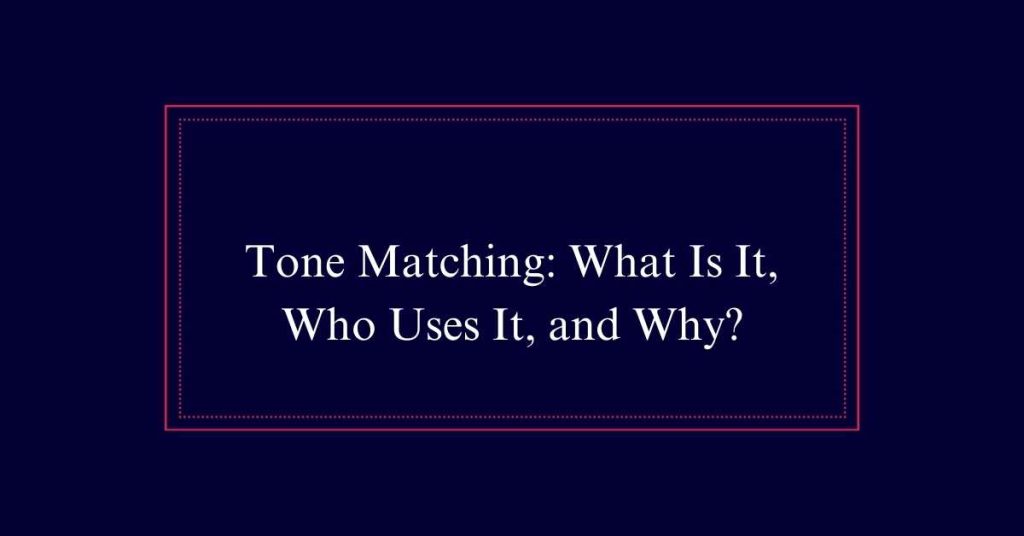
Importance of Empathy
Empathy is essential in tone matching as it enables one to genuinely connect with and understand the emotions of others. By recognizing and valuing these emotions, one can adjust their tone to suit the emotional state of the person they are communicating with. This approach fosters trust and rapport.
Empathy allows individuals to respond appropriately, easing tensions or reinforcing positive interactions. For instance, customer service representatives who use empathy can calm frustrated clients by acknowledging their feelings and offering solutions in a soothing tone. Healthcare professionals also rely on empathy to provide comfort and support to patients.
Impact on Perception
The way you adjust your tone directly influences how others perceive your sincerity and professionalism. When you match your tone to suit the emotional state of others, it shows empathy and understanding. This can make interactions feel more genuine and respectful.
For instance, a calm and measured tone in stressful situations can reassure and build trust. Conversely, an inappropriate tone can lead to misunderstandings and negative impressions. In professional settings, tone matching can enhance your credibility and foster positive relationships. It signals that you are attentive and considerate of others’ feelings, which can improve overall communication efficiency and satisfaction.
Tone in Communication
Tone in communication plays a pivotal role in shaping the effectiveness of interactions. It sets the mood and influences how messages are received. A positive tone encourages understanding and cooperation, while a negative tone can create barriers.
| Emotion | Positive Tone | Negative Tone |
|---|---|---|
| Happiness | Cheerful | Sarcastic |
| Sadness | Compassionate | Indifferent |
| Anger | Calm | Hostile |
| Confidence | Assuring | Arrogant |
| Uncertainty | Supportive | Dismissive |
Using the appropriate tone is crucial. It guarantees the message is clear and the recipient feels valued. Misunderstanding can often be traced back to tone. This makes tone an essential tool in both personal and professional communication.
Emotions in Writing
How can we discern emotions in writing when visual cues are absent?
Identifying emotions in written communication requires careful attention to word choice, punctuation, and context. Words carry emotional weight. For example, ‘thrilled’ conveys excitement, while ‘disappointed’ indicates sadness. Punctuation like exclamation points can show enthusiasm. Emojis and gifs can also provide emotional clues.
Reading between the lines is essential. Consider the overall context and any underlying messages. Formal language often signals seriousness, while informal language can indicate friendliness or casualness.
In customer service or healthcare, recognizing these cues helps tailor responses that match the emotional tone of the message. This skill can improve understanding and foster positive interactions, even without visual signals.
Cultural Influence on Tone
Understanding how cultural norms shape tone is key to mastering effective communication. Different cultures perceive and utilize tone in various ways. Recognizing these differences can enhance your interactions.
Here are four cultural factors that influence tone:
- Formality: Some cultures prefer formal tones in professional settings, while others allow for casual tones.
- Directness: In some cultures, being direct is valued, whereas in others, indirect communication is the norm.
- Emotion: The expression of emotions varies; some cultures encourage open emotional expression, others value restraint.
- Context: High-context cultures rely heavily on non-verbal cues, while low-context cultures depend more on explicit verbal communication.
Tone Matching Vs. Mirroring
Distinguishing tone matching from mirroring is essential for effective communication. Tone matching involves adjusting your tone to reflect the emotions of others, demonstrating empathy and understanding. It does not necessarily mean copying their exact tone.
For instance, mirroring someone’s frustration can escalate the situation, whereas responding with a calm and formal tone can help de-escalate it.
Mirroring, on the other hand, involves mimicking the exact tone and style of the other person. This can be beneficial in casual or positive interactions, creating rapport and connection. However, it must be used thoughtfully, as inappropriate mirroring can lead to misunderstandings.
Effective communicators know when to match and when to mirror, using both techniques judiciously.
Identifying Underlying Emotions
Identifying underlying emotions in written communication often requires careful attention to subtle cues. Unlike face-to-face interactions, written messages lack visual and vocal signals. Therefore, it is essential to interpret emotions through context and word choice.
Here are four strategies to identify underlying emotions:
- Word Choice: Specific words can indicate various emotions. Words like ‘frustrated’ or ‘excited’ are clear indicators.
- Punctuation: Exclamation marks, ellipses, and question marks can convey excitement, hesitation, or confusion.
- Context: Understanding the situation or background of the message can provide insights into the writer’s emotional state.
- Tone Indicators: Emojis, gifs, and other visual elements often add emotional depth to the text.
Developing Tone Matching Skills
Developing tone matching skills requires deliberate practice and attention to subtle communication cues. This skill can be nurtured by focusing on specific areas such as context, word choice, and emotional triggers. Practicing regularly helps individuals fine-tune their ability to discern and adapt their tone effectively. Both verbal and non-verbal cues should be considered to guarantee a harmonious interaction. Below is a table highlighting key practices for developing tone matching skills:
| Practice | Explanation |
|---|---|
| Active Listening | Pay full attention to the speaker’s words and tone. |
| Context Analysis | Understand the situation and background. |
| Emotional Triggers | Identify words that indicate emotions. |
| Feedback Review | Reflect on past interactions for improvement. |
| Role-playing | Simulate scenarios to practice tone adaptation. |
Frequently Asked Questions
How Does Tone Matching Differ From Tone Mirroring?
Tone matching involves adjusting your tone to acknowledge others’ feelings, while tone mirroring means replicating someone’s tone exactly. Tone matching avoids escalating negative emotions and can show concern, whereas mirroring can create positive or negative connections.
Can Tone Matching Be Applied in Written Communication?
Yes, tone matching can be applied in written communication. By closely reading messages, identifying emotional cues, and adjusting your tone accordingly, you can demonstrate empathy and improve the quality of your interactions.
What Are Some Common Mistakes in Tone Matching?
Common mistakes in tone matching include mirroring negative emotions, using overly formal or informal tones inappropriately, neglecting cultural nuances, and failing to read between the lines. These errors can lead to misunderstandings and worsen interactions.
How Can Tone Matching Improve Customer Satisfaction?
Tone matching improves customer satisfaction by showing empathy and care, which builds trust. It makes customers feel understood and valued. This positive interaction enhances their perception of the company, leading to increased loyalty and satisfaction.
Are There Any Tools or Techniques to Practice Tone Matching?
There are several tools and techniques to practice tone matching. Role-playing exercises, feedback from colleagues, and using software that analyzes tone in written communication can help improve this skill and enhance interaction quality.


